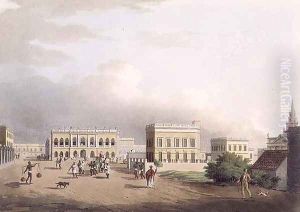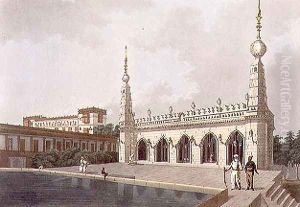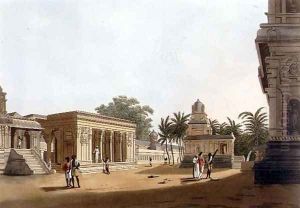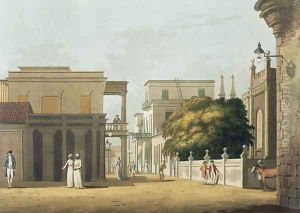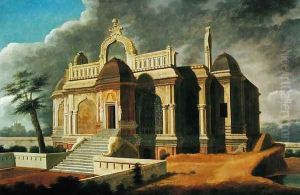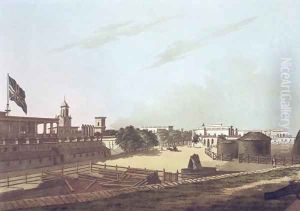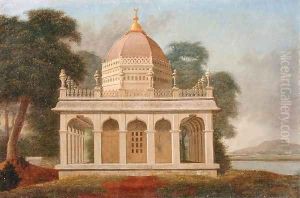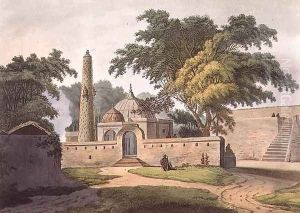Colonel Francis Swain Ward Paintings
Colonel Francis Swain Ward, although not primarily known as an artist in the traditional sense, made a significant impact in the realm of cartography and British military history during the 18th century. Born in 1734, Ward's career was predominantly military, serving as a notable figure in the British Army. His contributions, however, extend beyond the battlefield, encompassing the realms of mapping and early visual documentation of British colonial territories, particularly in India.
Ward's most notable period came during his service in India, where he was stationed with the British East India Company's forces. It was during this time that he developed a keen interest in the geography and landscapes of the regions he encountered. His work in mapping and documenting these areas was pioneering, contributing to the British understanding and administration of its overseas territories. Although not an artist in the conventional sense of painters or sculptors of his time, Ward's detailed maps and plans can be seen as valuable historical documents that offer insights into the colonial era and the early British presence in India.
The significance of Ward's contributions lies in the intersection of military service and cartography. His detailed maps were not only crucial for military and strategic purposes but also served as some of the earliest comprehensive visual records of the Indian subcontinent under British influence. Despite his primary role as a military officer, Ward's legacy in the realm of historical and geographical documentation highlights the multifaceted nature of individuals contributing to the British colonial enterprise.
Colonel Francis Swain Ward passed away in 1770, leaving behind a legacy that, though not widely recognized in the broader spectrum of art history, occupies a niche of significant importance in the study of colonial cartography and British military history. His works remain a testament to the diverse ways in which the British Empire's expansion was recorded and understood, bridging the gap between military endeavors and the cartographic sciences.
